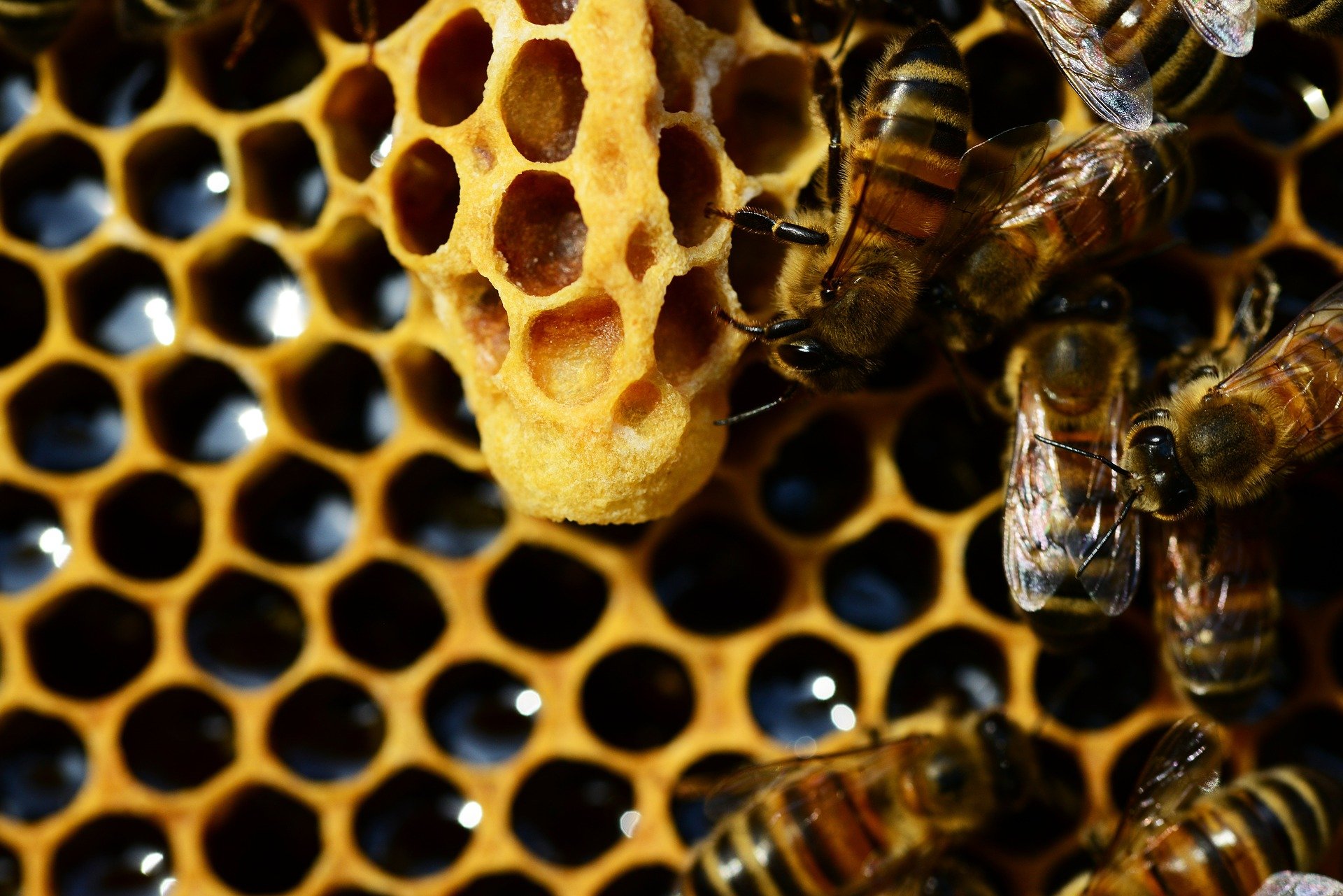Fascinating facts about the queen bee

The queen bee is the single most important member of a colony of bees.
10 fascinating facts about the queen bee:
- The queen bee is exclusively responsible for the temperament of the colony which she controls with her pheromone (scent)
- Queen bees can lay fertilized and unfertilized eggs. The latter become males – drones
- A fertilized egg can turn into either a worker bee or a queen. Diet is what determines this outcome. Queens are fed royal jelly throughout their egg and larvae stages
- During her maiden flight a queen will mate with numerous drones and the sperm collected on this one outing will last for the rest of her life
- A queen bee can produce over 3,000 eggs in a single day at the peak of her laying, more than her own body weight in eggs
- A queen bee is continuously surrounded by worker bees who meet her every need, giving her food and disposing of her waste
- She will live for between 2 and 7 years (for some reason her longevity has decreased in recent times)
- A queen bee can sting, her stinger is not barbed like a worker bee’s so she can sting multiple times. A queen bee will only use her stinger when fighting rival queen bees
- The stinger of a queen bee is her ovipositor (the organ used to lay and position eggs)
- As the queen ages her pheromone output diminishes. A queen bee that becomes old, or is diseased or failing, is replaced by the workers in a procedure known as “supersedure”
You can discover more about the National Garden Scheme’s bee-friendly gardens,
how to plant for bees, and read stories from our bee-keeper garden owners here


















